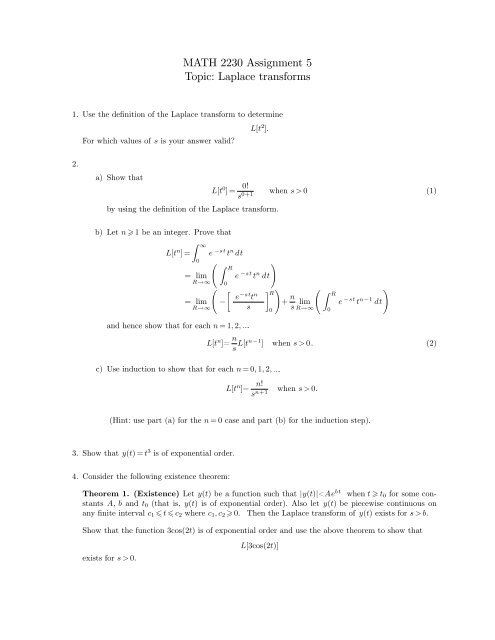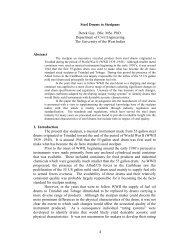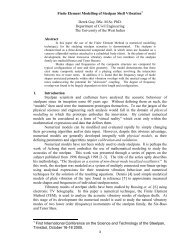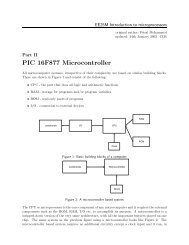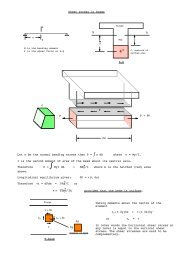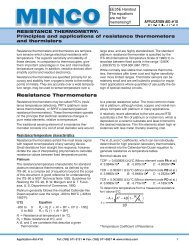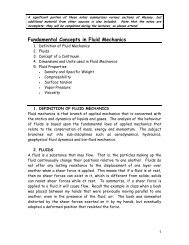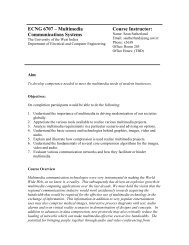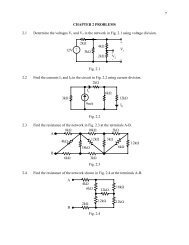MATH 2230 Assignment 5 Topic: Laplace transforms
MATH 2230 Assignment 5 Topic: Laplace transforms
MATH 2230 Assignment 5 Topic: Laplace transforms
You also want an ePaper? Increase the reach of your titles
YUMPU automatically turns print PDFs into web optimized ePapers that Google loves.
<strong>MATH</strong> <strong>2230</strong> <strong>Assignment</strong> 5<br />
<strong>Topic</strong>: <strong>Laplace</strong> <strong>transforms</strong><br />
1. Use the definition of the <strong>Laplace</strong> transform to determine<br />
For which values of s is your answer valid?<br />
L[t 2 ].<br />
2.<br />
a) Show that<br />
by using the definition of the <strong>Laplace</strong> transform.<br />
L[t 0 ] = 0!<br />
s 0+1 when s > 0 (1)<br />
b) Let n 1 be an integer. Prove that<br />
∫<br />
L[t n ∞<br />
] = e −st t n dt<br />
0<br />
∫ )<br />
R<br />
= lim e<br />
R→∞( −st t n dt<br />
0<br />
( [ ] ) e<br />
= lim −<br />
−st t n R ∫ )<br />
+ n R<br />
R→∞ s<br />
0<br />
s R→∞( lim e −st t n−1 dt<br />
0<br />
and hence show that for each n = 1, 2,<br />
L[t n ]= n s L[tn−1 ] when s >0. (2)<br />
c) Use induction to show that for each n =0, 1, 2,<br />
L[t n ]= n!<br />
s n+1 when s > 0.<br />
(Hint: use part (a) for the n = 0 case and part (b) for the induction step).<br />
3. Show that y(t) = t 3 is of exponential order.<br />
4. Consider the following existence theorem:<br />
Theorem 1. (Existence) Let y(t) be a function such that |y(t)|b.<br />
Show that the function 3cos(2t) is of exponential order and use the above theorem to show that<br />
exists for s > 0.<br />
L[3cos(2t)]
5. Use any formulae done in class to determine the following<br />
i. L[t 3 −t 2 + 4t +2]<br />
ii. L[3e 4t − e −2t ]<br />
iii. L[cos 2 2t]<br />
iv. L[t 2 e 2t ]<br />
v. L[φ(t)] where φ(t)=<br />
(hint: use a double angle formula)<br />
{<br />
sin 2t 0 t < π<br />
0 t π<br />
6. Use partial fractions to determine the following<br />
[ ]<br />
i. L −1 s 2 − 6<br />
s 3 + 4s 2 +3s<br />
[ ]<br />
ii. L −1 5s 3 −6s − 3<br />
s 3 (s+1) 2<br />
7. By shifting the s variable, determine the following<br />
[ ]<br />
i. L −1 1<br />
s 2 + 4s + 4<br />
[ ]<br />
ii. L −1 2s+3<br />
(s+4)<br />
[<br />
3 ]<br />
iii. L −1 s 2<br />
(s − 1) 4<br />
8. By shifting the s variable, prove the following<br />
[ ]<br />
i. L −1 1<br />
(s+a) n = tn e −at<br />
for n = 0, 1, 2,<br />
n!<br />
[<br />
ii. L −1 s<br />
]= 1 (s+a) 2 + b 2 b e−at (b cos(bt) −asin(bt))<br />
9. By shifting the t variable, find<br />
and sketch your answer.<br />
L −1 [ 3<br />
s − 4e−s<br />
s 2<br />
]<br />
+ 4e−3s<br />
s 2<br />
10. Using the <strong>Laplace</strong> transform, solve the differential equation<br />
x ′′ + 3x ′ + 2x=4t 2<br />
subject to the initial conditions x(0) = 0 and x ′ (0) = 0.<br />
11. Using the <strong>Laplace</strong> transform, solve the differential equation<br />
y ′′′′ − y = 0<br />
subject to the initial conditions y(0)=0, y ′ (0)=1, y ′′ (0)=0 and y ′′′ (0)=0.


